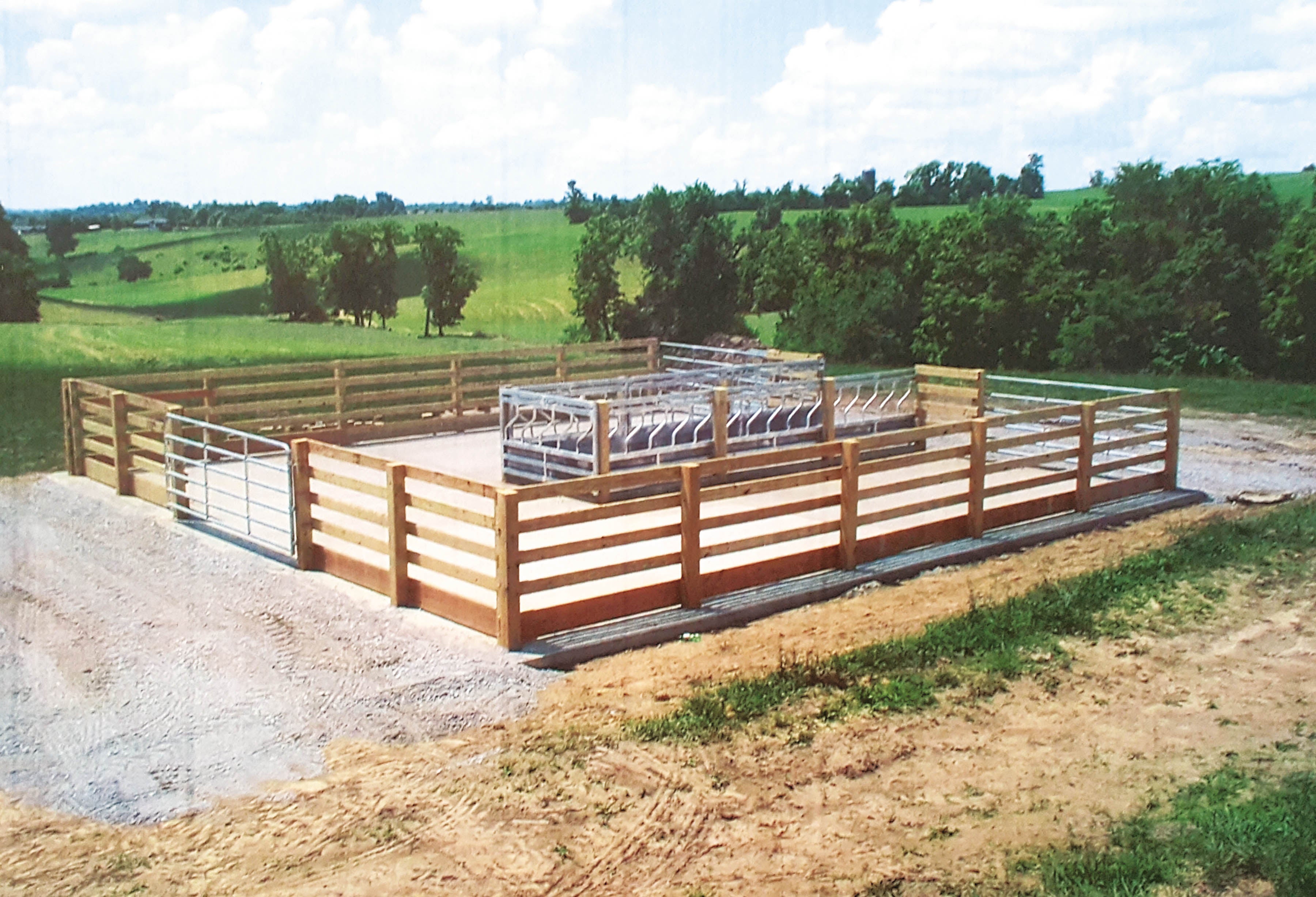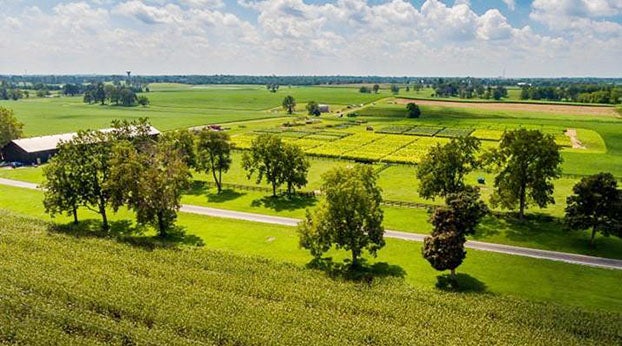Winter feeding structure spearheaded by Lincoln’s agricultural community
Published 1:03 pm Thursday, March 1, 2018

- Photo by John Benson
By John Benson
Lincoln County Natural Resources Conservation Service
It’s wintertime in Kentucky and for most people, it’s just cold, damp and wet. Other the other hand, for livestock producers, it’s a dreaded time of year; especially if it’s a wet winter – which most in Kentucky have been).
So why do livestock producer’s dread a wet winter in Kentucky? They have to deal with one thing – mud at feeding sites.
Luckily, there are options out there to help alleviate some of the hassle of mud and muck at feeding areas. One option is the Winter Feeding Area.
The purpose-built structure was a 15-year development and joint effort spearheaded by Lincoln County’s own agricultural community.
The Lincoln County Conservation District, Lincoln County Extension Office and Natural Resource Conservation Service all had a hand in the development.
The residents and agricultural community should take great pride in this purpose-built structure, as it has been adopted for use not only statewide but also in surrounding states.
The theory and purpose behind the structure is to give livestock producers (cow-calf) a more efficient and productive option for feeding and managing livestock during winter months – typically Dec. through Feb.
This structure will service a maximum herd size of 40 animal units. Animal unit numbers greater than this can cause manure-handling issues.
This system is part of a winter rotational grazing system. The Winter Feed Area site is chosen based on it’s access to two or three different pastures. This allows producers to rotate the cattle through these pastures after a set time period to lower the animal impact on fields.
Water should be located a minimum distance of 150 to 200 feet away from the structure. This encourages livestock not to loaf in the structure.
By encouraging livestock not to linger, it reduces manure build-up in the structure, allowing the herd to spread out in the pastures and distribute manure more evenly – free fertilizer.
This structure has many benefits:
• Reduction in the amount of hay wasted. Normally, hay losses during feeding are in the 60 to 70 percent range; this structure cuts those losses to around 10 to 20 percent. Better quality feed is consumed by livestock, thus reducing waste of valuable feed.
• Animal Health
Animals’ stress is greatly reduced by not having to struggle to reach hay through mud and muck up to their bellies. Calves are being stepped on by adults like they would when they get up on hay piles to lay. Quality feed produces a quality product. Anything to reduce stress, improves overall health and added weight gain, improves the producer’s bottom line.
• Reduction in fuel usage and vehicular traffic in your fields.
This structure allows you to load the hay manger once to twice a week, thus greatly reducing tractor traffic and fuel usage. Vehicular traffic probably does more damage to field than animal traffic. Just think of the cost-savings from repairing travel lanes and reseeding grass on damaged areas.
This structure can be used as a “hub” or center point for your winter feeding operation. Overtime, additions can be made around structure to enhance animal traffic, incorporate working facilities and provide creep feeding areas for calves.
SO YOU KNOW
There is cost share assistance available through the Kentucky Agriculture Soil and Water Cost Share Program.
If you have any further questions, please feel free to contact the Lincoln County Conservation District at (606) 365-2214, Ext. 110.




